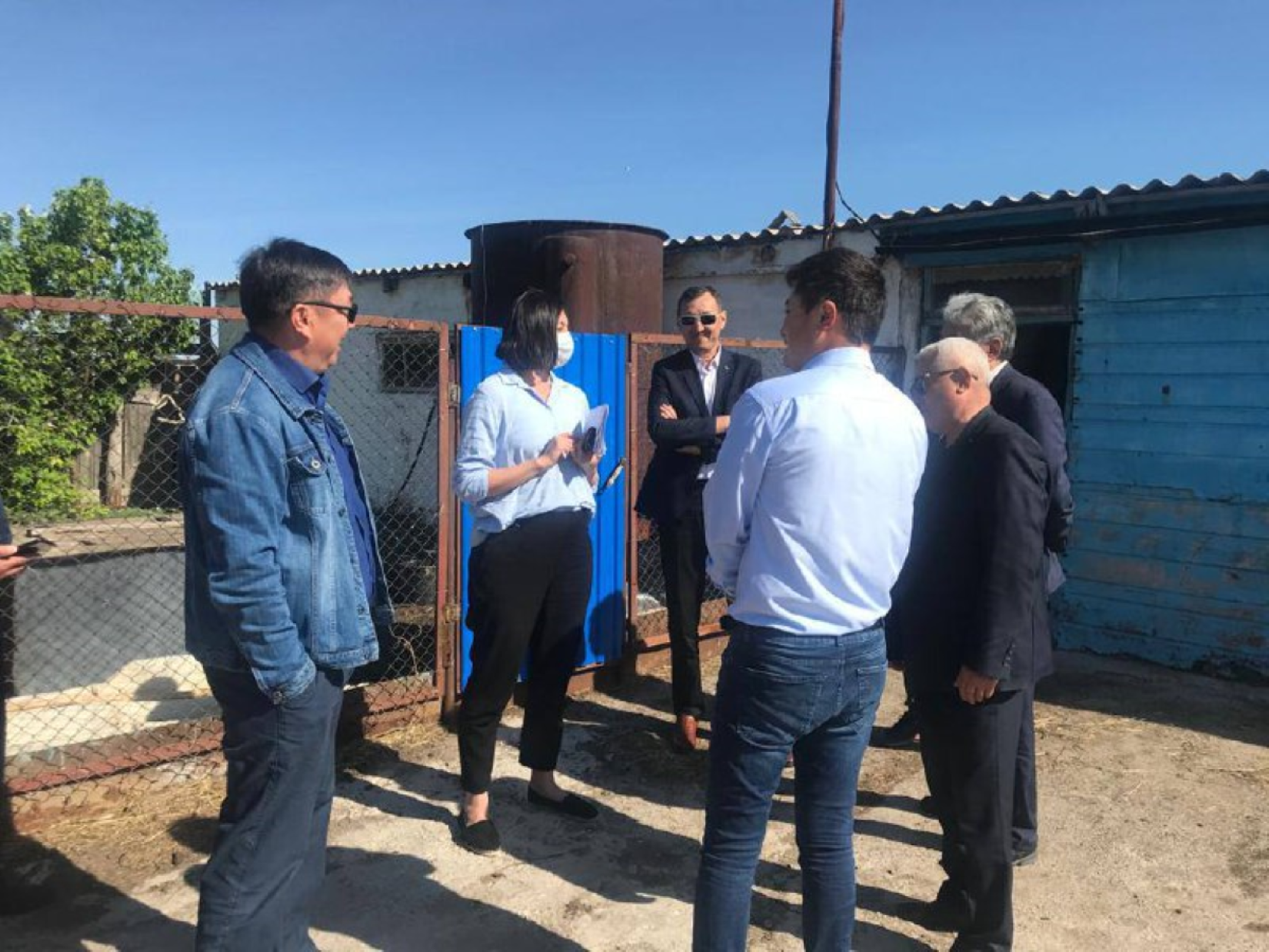FAO assesses Kazakhstan’s capacity to detect and diagnose animal diseases
01 июня 2021
NUR-SULTAN – Animal health is an important issue in Central Asia, with livestock being a staple part of the economy. Kazakhstan is not an exception either with its goal to develop a livestock production. Therefore, the ability to prevent, detect, and manage animal diseases is critical to for the sector’s growth, as well as for the intra-regional trade of livestock and related commodities.

As part of a new initiative to create a Central Asia Animal Health Network (CAAHN), FAO has embarked on assessing the surveillance capabilities of these countries. The evaluation has concluded already in Kyrgyzstan and recently in Tajikistan, while Uzbekistan is expected to follow later this year.
In Kazakhstan, despite the COVID-19 restrictions, FAO has managed to conduct field mission to evaluate the country’s animal health surveillance system. This was possible partly due to the support of the Veterinary service of Kazakhstan, which is currently aimed to reform the veterinary system in the framework of the National plan of agriculture development for 2022–2026. The teams provided recommendations with the ultimate aim to reduce animal health threats to livelihoods, food security, and public health in the country and beyond.
The assessment mission in Kazakhstan was conducted using FAO’s Surveillance Evaluation Tool (SET).
“No country has unlimited resources; thus if deciding on allocating budget for improving animal health detection and diagnosis, an up-to-date and comprehensive status overview can point at the gaps and trigger improvements effectively,” said Daniel Beltran-Alcrudo, FAO animal health specialist. “There was a clear need for this.”
“All findings were assessed and discussed with the veterinary authorities,” explained Dinara Imanbayeva, SET evaluator “A comprehensive report with the gaps and recommendations will be shared with the country soon.”
The Surveillance Evaluation Tool requires a series of interviews at national, subnational, and field level, with all actors of the early detection and prevention of animal diseases (such as livestock owners, public veterinarians, field veterinarians, veterinary association, public health, environment protection, and internal affairs representatives) to grade the surveillance system along 90 indicators. Legal frameworks, laboratory analyses, workforce, training, outbreak investigation, and operating procedures have been reviewed, too, for a detailed understanding of the structure, practices, and activities in place in the national and subnational surveillance systems.
For media inquiries please contact Olga Grebennikova, FAO Regional Communication and Outreach Specialist - Olga.Grebennikova@fao.org.



